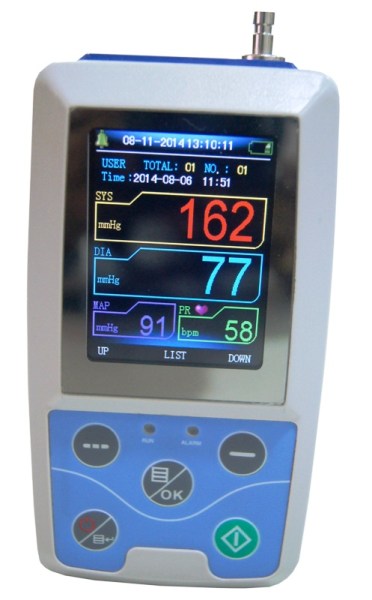The handheld Unidirectional ultrasound vascular Doppler is an instrument that detects blood flow using the principles of the Doppler effect. It can be a very useful tool in assessing how good the blood flow is to the foot or hand. It is a painless test and very similar to taking blood pressure using a stethoscope. It is particularly useful for the assessment of arterial disease but can also be used for venous problems. These vascular Doppler are used for identifying the arterial and venous flow patency. Ankle Brachial Index (ABI) is a simple procedure to detect obstruction in the blood flow. The LifeDop 150R features a non-display, handheld Doppler with superior sound quality, extended battery life, enhanced probe sensitivity, interchangeable probes, and a one-year full warranty. It includes a battery recharging system, so you don’t have to worry about overcharging or draining of the batteries. Features: • Interchangeable Doppler Probes • Unidirectional Doppler • 8MHz Vascular Probe is Standard • Continuous Wave Doppler • 4, 5 and 8 MHz Vascular probes • Rechargeable battery operation • Charger supplied free
Send Message





